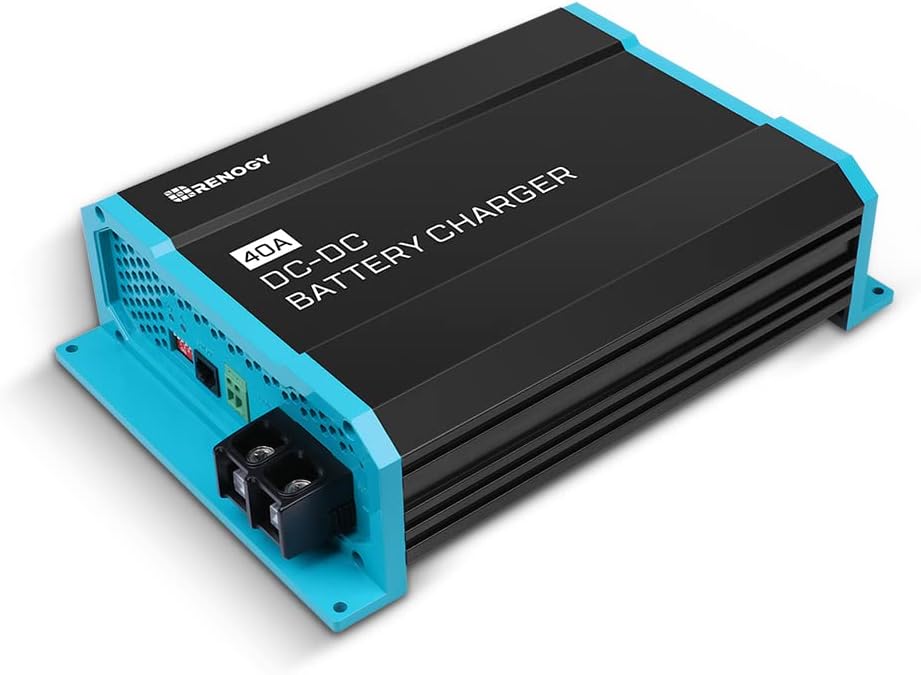If you love boondocking but dread the heat, the idea of running your RV’s air conditioner off batteries probably sounds like a dream. But is it realistic? The short answer: yes, but it takes serious planning, power, and the right components.
In this post, we break down how much power an RV air conditioner really uses, what kind of battery bank and inverter you’ll need, and whether it’s worth the investment.
How Much Power Does an RV AC Really Use?
Most rooftop RV air conditioners pull between 1,300 and 1,800 watts while running. However, startup (surge) loads can spike to 3,000–4,000 watts for a few seconds—especially if you’re not using a soft start module.
Here’s what that looks like in battery terms:
- 1,500W AC x 1 hour = ~125Ah drawn from a 12V battery
Running it for 4–5 hours could drain a 500Ah battery bank to near zero (not ideal)
⚠️ Running air conditioning from batteries is NOT practical with flooded lead-acid or AGM batteries. You’ll need lithium (LiFePO₄) to make it work.
What You Need to Run AC on Batteries
To pull this off, you’ll need four key components:
- Battery Bank: 400–800Ah LiFePO₄ recommended for 2–4 hours of cooling
- Inverter: 3,000W+ pure sine wave inverter with high surge capacity
- Solar: 800–1,200W of solar to help replenish battery bank during day
- DC-DC Charging: Alternator charging (60–100A+) can help on driving days
Real-World Example Setup
Let’s say you want to run a Coleman Mach 15 (1,600W) for ~3 hours each afternoon:
Battery bank: 600Ah LiFePO₄ (12V system)
Inverter: 3,000W Victron or Renogy unit
Solar: 1,000W flat roof array
Charging backup: 60A DC-DC charger from alternator
AC startup mod: Micro-Air EasyStart
This setup gives you 3–4 hours of run time with midday solar assistance and safe depth-of-discharge margins.
3000W Wave Inverter 12V

3000 watt inverter 12V to 120V provides 3000W continuous DC to AC power
600AH Lithium Beast

Deep Cycle Lithium Battery with stunning 600AH. You could even connect two of these for 1200AH.
Ways to Improve Efficiency
If you want to stretch your battery life, consider these options:
✅ Install a soft start module to reduce AC surge loads
✅ Use Reflectix insulation on windows and skylights
✅ Park in shade whenever possible
✅ Supplement with 12V fans to improve airflow
✅ Consider a portable AC unit with a lower wattage draw


